Price:₹9,800.00
Pangarchulla Peak Trek is a Popular Trekking and Mountaineering Summit Trek Destination Located in the Indian state of Uttarakhand.
Pangarchulla Peak Trek is at an elevation of 15,096 feet and is a 5-night 6-day thrilling sojourn. On this trek, you go through the pilgrimage sites of Uttarakhand. The trek starts and ends at Dhak village which is some kilometers away from the base camp “Joshimath market”. Pangarchulla peak is great in summers and thrilling in winters; this is a delight for adventure enthusiasts in the Himalayas
Pangarchulla Peak is located in Chamoli District of Uttarakhand and it extends from 15096 feet, Trek – A beautiful mini peak near to Kauri Pass trek in Uttarakhand.
The Pangarchulla Peak trek is a popular and challenging trek located in the Garhwal region of Uttarakhand, India. The trek offers breathtaking views of snow-capped peaks, beautiful meadows, and dense forests.
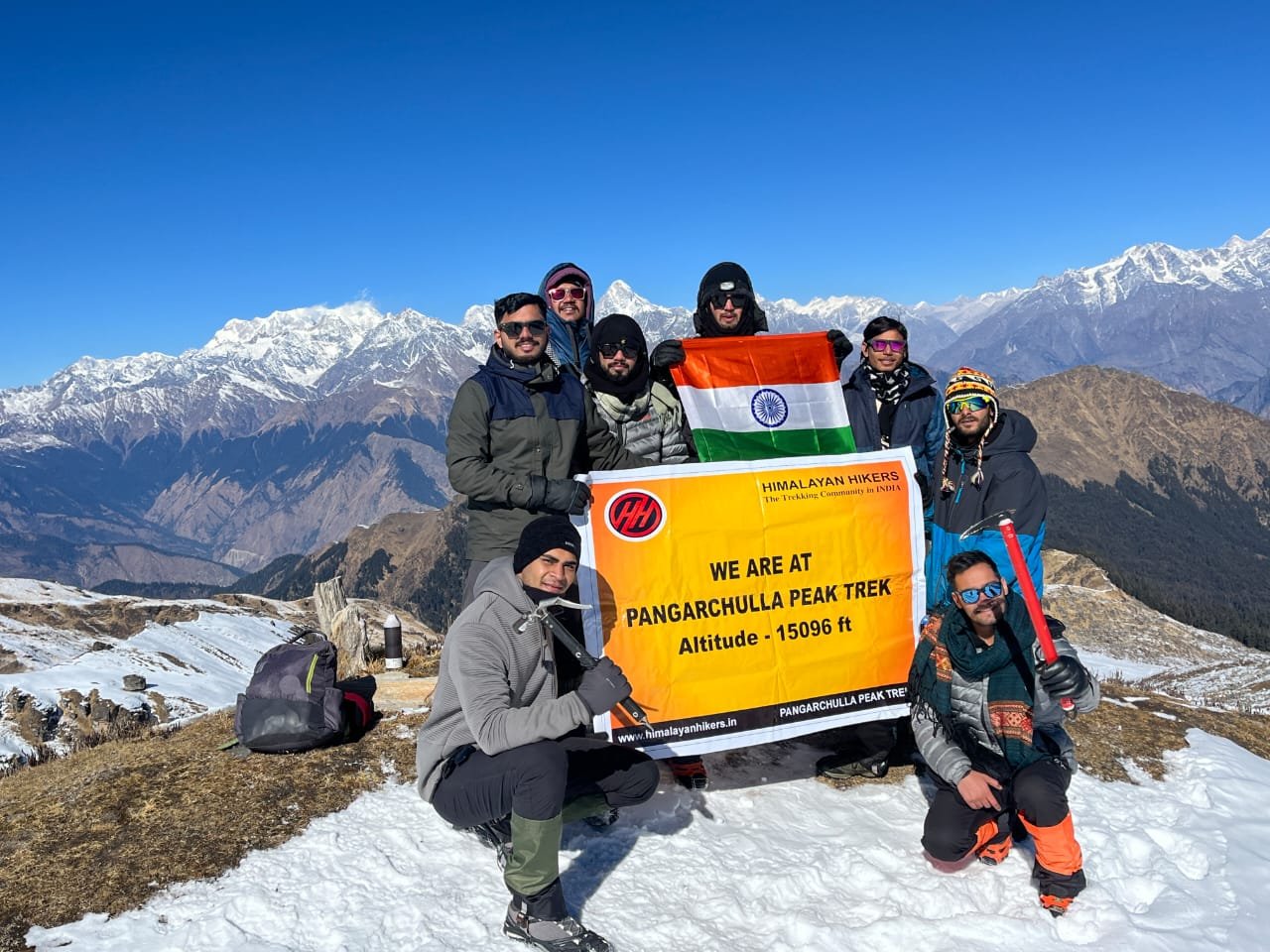
Short Itinerary of Pangarchulla Peak Trek
Day 1: Drive from Dehradun via Rishikesh to Joshimath Market Base Camp
Altitude Gain: 2,089 ft to 8,530 ft | Drive Distance: 280 km | Drive Duration: 9 to 10 hours | Overnight Stay: Joshimath Hotel Dhaneesh (Twin Sharing) | Pick-up point for Himalayan Hikers trekkers: Prince Chowk, nearby Dehradun Railway Station
Route: Dehradun → Rishikesh → Devprayag → Srinagar (Garhwal) → Rudraprayag → Karnaprayag → Nandaprayag → Joshimath
Highlights
Begin your journey from Dehradun or Rishikesh with a scenic drive to Joshimath, the base camp for the Pangarchulla Peak Trek. En route, witness the sacred river confluences at Devprayag, Rudraprayag, Karnaprayag, and Vishnuprayag, each offering stunning views and cultural significance.
Day 2: Drive from Joshimath to Tugasi Village by Taxi, same day Trek to Gulling Campsite
Altitude Gain: 7,545 ft to 8,530 ft to 9,264 ft | Trek Distance: 3 km | Trek Duration: 3 to 4 hours | Trek Difficulty: Easy to Moderate | Overnight Stay: Gulling Campsite (Twin Sharing)
Highlights
Drive from Joshimath to Tugasi (15 km), then begin your 4 to 5 hour trek to Gulling camp. The trail offers scenic views of valleys, forests, and snow-capped peaks. Enjoy the stunning Himalayan panorama at Gulling and camp overnight amidst tranquil surroundings.
Day 3: Trek from Gulling Camp to Khullara Campsite
Altitude Gain: 9,264 ft to 11,014 ft | Trek Distance: 5.5 km | Trek Duration: 8 to 9 hours | Trek Difficulty: Easy to Moderate | Overnight Stay: Khullara Campsite (Twin Sharing)
Highlights
Begin your day with a stunning sunrise over the Chaukhamba peaks. After breakfast, trek from Gulling to Khullara, gradually ascending through oak and rhododendron forests. The 3 to 4 hour trek offers clear views of Nanda Devi and Dronagiri, making Khullara a scenic and serene campsite for the night.
Day 4: Trek from Khullara to Pangarchulla Peak Summit and descend back to Khullara Campsite
Altitude Gain & Loss: 11,014 ft to 15096 ft to 11,014 ft | Trek Distance: 13 km | Trek Duration: 10 to 12 hours | Trek Difficulty: Moderate | Overnight Stay: Khullara Campsite (Twin Sharing)
Highlights
Begin your day early from the Khullara campsite for a steep and rewarding ascent to the Pangarchulla Peak Summit (4600 m). The trek to Pangarchulla Peak summit offers breathtaking views of the surrounding Himalayan peaks, including Nanda Devi, Trishul, Chaukhamba, and Kamet, among others.
Day 5: Trek from Khullara to Tugasi Village Road head and Same day Drive to Joshimath
Altitude Loss: 11,014 ft to 8,530 ft to 7,545 ft | Trek Distance: 8.5 km | Trek Duration: 6 to 7 hours | Drive Distance: 15 km | Drive Duration: 30 minutes to 1 hour | Pangarchulla Peak Trek Drop-off point: Manali Mall Road by 2:00 PM
Highlights
Descend from Khullara to Tugasi Village, a 8.5 km trek taking 4–5 hours through forests and terraced slopes. From Tugasi, drive back to Joshimath, enjoying scenic mountain views and valley landscapes along the way. Reflect on your trek as you return to base.
Day 6: Depart from Joshimath to Dehradun via Rishikesh
Altitude Loss: 8,530 ft to 2,089 ft | Drive Distance: 280 km | Drive Duration: 9 to 10 hours | Drop-off point for Himalayan Hikers trekkers: Prince Chowk, nearby Dehradun Railway Station
Route: Joshimath → Nandaprayag → Karnaprayag → Rudraprayag → Srinagar (Garhwal) → Devprayag → Rishikesh → Dehradun
Highlights
After your final breakfast with the team, begin the 8 to 9 hours scenic drive from Joshimath to Dehradun or Rishikesh. Enjoy views of river confluences, mountain towns, and lush valleys along the way. Arrive by evening, completing your unforgettable Pangarchulla Peak Trek adventure.
Why Choose Pangarchulla Peak Trek?
Before heading towards the itinerary, it is really essential to perceive the reason behind choosing the Pangarchulla peak trek.
See firstly, the trekking distance is a total of by taxi 560 Km on both sides and on foot 34 km which is to be covered in 5 nights and 6 days. Rishikesh to Rishikesh
- Pangarchulla Peak is a high-altitude Trek with Altitudes of 15096 feet
- The Starting trail is moderate as compared to other treks this is a difficult trek. So this trek is not for beginners
Need proper gear & clothing for sub-zero temperatures?
- You got to see so many heavenly bodies at one place like the panoramic view of the Himalayan ranges, you can see pine forests, different varieties of flora and fauna surpassing through bona fide Garhwali culture and mythology.
- I think Do spare time in Interaction with our local team, and you will get to know about some of the ancient tales of Indian mythology and our local cultures, these are good ideas for trekkers
- Beautiful landscapes so carry proper photo gear and extra battery backup.
- The backpack should not exceed 12 kg only
Here are some of the Highlights of the Pangarchulla Peak Trek:
- Stunning views: The trek offers stunning views of some of the highest peaks in India, including Nanda Devi, Kamet, and Dronagiri. You’ll also get to see beautiful meadows, glaciers, and valleys.
- Challenging terrain: The trek is challenging, and you’ll need to be in good physical condition to complete it. The trail passes through steep inclines, narrow ridges, and rocky terrain.
- Rich flora and fauna: The trek takes you through dense forests of oak, rhododendrons, and deodar trees. You’ll also get to spot various animals and birds like the Himalayan black bear, musk deer, and snow leopard.
- Cultural experience: The trek takes you through several remote villages where you can experience the local culture and interact with the friendly villagers.
- Summit of Pangarchulla Peak: The trek culminates with a climb to the summit of Pangarchulla Peak, which offers stunning 360-degree views of the surrounding mountains and valleys.
Best Time to Do Pangarchulla Peak Trek?
Pangarchulla Trek is a very beautiful uphill trek in District Chamoli Uttarakhand Himalayas, The Pangarchulla Trek is great for those people who have a great passion for mountaineering and consider it a special purpose in their life.
We are the local people of Uttarakhand who are doing this trek for years, we have every experience related to this trek.
The right time to do this trek is in Winter and summer especially in the months of May and June, greenery little bit of snow on the summit point is found in abundance here, which makes your trek very memorable and also a little difficult. So this trek should not be considered too easy
During the day the temperature of the Pangarchulla trek is around ( Winter Day time -5°C to -10 °C and during the night the temperature comes down to -10 °C to -15 °C
Views and treks in Pangarchulla trek provide a lot of peace to the mind during the day, while you wake up from one wake to another, Pangarchulla can always be one of the most close treks in your heart.
Macrocosmic Views in the Himalayas in Pangarchulla Peak
The unbelievable views from Pangarchulla are the reason of its demand among avid trekkers. It is a part of Nada Devi Sanctuary so it offers excellent sight of Nanda Devi, Hathi Parbat, Ghori Parbat, Barmal, Chaukhamba Peaks with many other snow-capped tall standing peaks.
You will witness changing sceneries on the Pangarchulla peak trek, the highly rich Flora and Fauna end after the starting of the snowline. In the starting, there are abundant Oaks, Pines, Rhododendrons, and Silver birch trees and further are snowfields and high ridges mountains.
The Pangarchulla Peak Trek is a beautiful and challenging trek that has several special parts that make it unique.
Here are some of the special parts of the Pangarchulla Peak trek:
- Khullara and Tali campsites: The trek has two beautiful campsites, Khullara and Tali, that are situated amidst the beautiful meadows, with stunning views of the surrounding peaks.
- Kuari Pass: The trek to Pangarchulla Peak includes a visit to the Kuari Pass, which offers breathtaking views of some of the highest peaks in the world, including Nanda Devi, Kamet, and Dronagiri.
- Summit climb: The climb to the summit of Pangarchulla Peak is a challenging and rewarding experience. The summit offers stunning views of the surrounding peaks and valleys and is a highlight of the trek.
- Cultural experience: The trek takes you through several remote villages where you can experience the local culture and interact with the friendly villagers. You can learn about their way of life, customs, and traditions, which makes the trek a unique and enriching experience.
- Flora and fauna: The trek takes you through dense forests of oak, rhododendron, and deodar trees, which are home to a variety of wildlife, including the Himalayan black bear, musk deer, and snow leopard. You can also spot several bird species along the way.
Overall, the Pangarchulla Peak trek is a unique and special trek that offers stunning views, a challenging climb, a cultural experience, and a chance to see some of the Himalayas’ beautiful flora and fauna.
How Difficult is Pangarchulla Trek?
Pangarchulla trek is not very difficult and not easy either, this trek comes in a moderate and difficult level, I myself have done this trek sometimes with, people who are trekking for the first time, we have done the entire trek, they used to need help somewhere, which we and our team used to help.
This trek is a bit difficult, but if your fitness is good and you have it in your mind that I want to trek then you can do it absolutely. Where help is needed, our guides will support you, you just have to be strong and capable of the trek. One thing is that all you can do is to have courage and I myself am passionate.
Is Pangarchulla safe for me?
Pangarchulla Trek is a safe trek if you are going with a good trekking team which you must know before booking yourself, It is important for you to know whether the bow trekking organization with which we are going is right or not,
And if possible, trek with a local trekking organization, you can do the same help all the time. then your trek can be very good and memorable
The minimum age required to trek the Pangarchulla peak trek is 15 years and the maximum 55 years. The rest depends on your fitness.
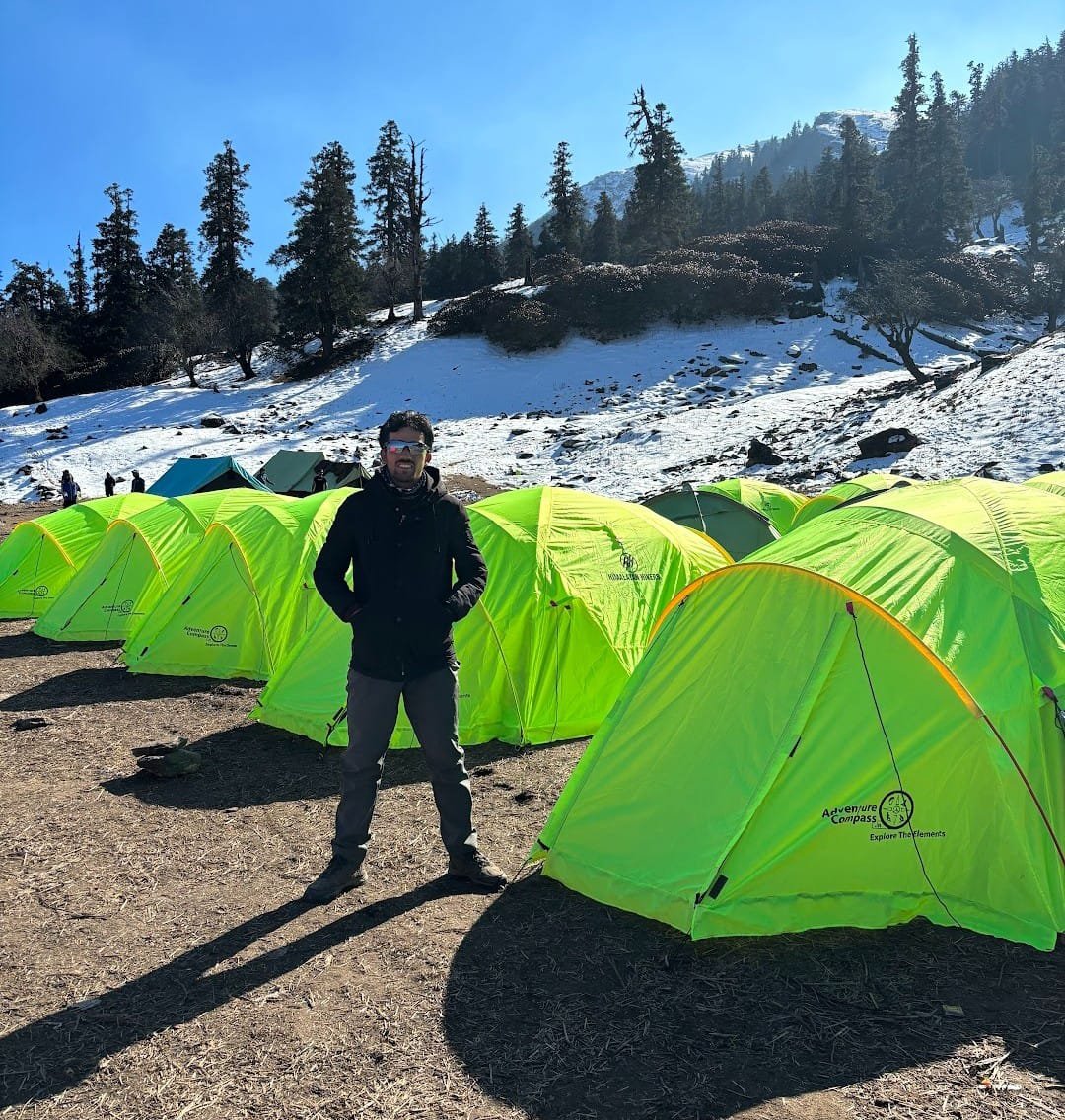
About the Base camp of Pangarchulla Peak at Joshimath
It is a picturesque town in Chamoli at an altitude of 1875 m nestled amid high Himalayan peaks. It is the base camp of 10 above Himalayan treks and the gateway to famous pilgrim sites like Badrinath Dham and Hemkund Sahib.
There is spirituality in the air because of the presence of ancient temples. It is home to one of the four “Math” “Atharva Veda” by Adi Shankar Acharya. Joshimath has a tranquil charm away from the cacophony of cities.
The gushing rivers and silent streams with the cover of verdant green and the pious ancient temples in the area will surely lure you to come here again and again. Beautiful market
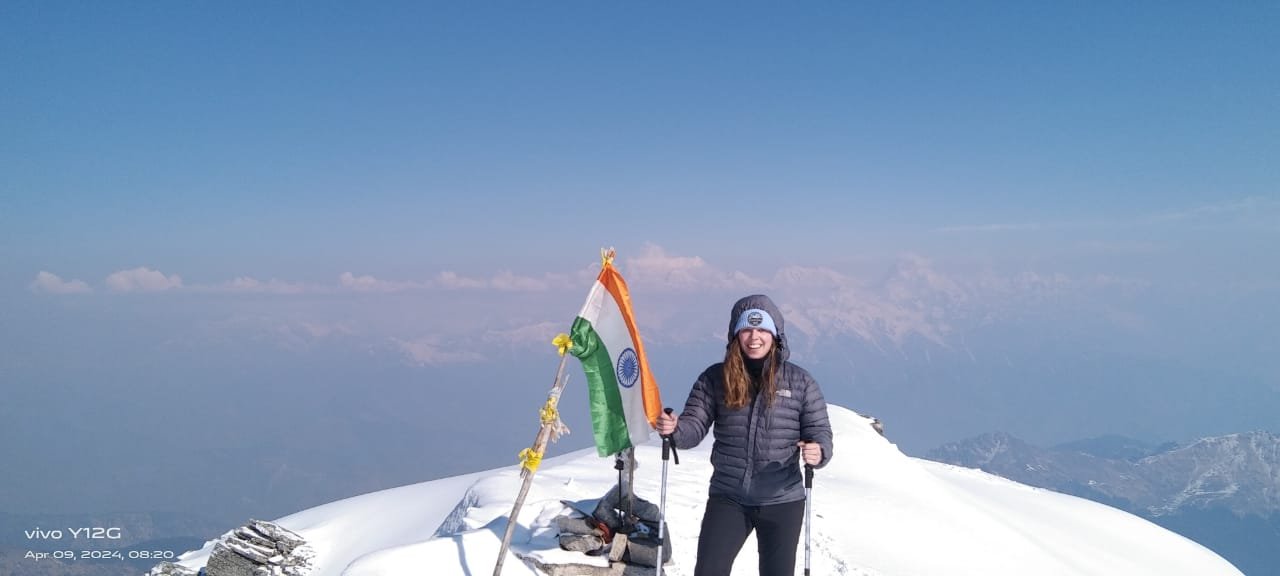
How to reach Rishikesh- for Pangarchulla trek
- The easiest way to reach Dehradun is by flight, Direct flights are always available for Dehradun from Bangalore, Chennai, Delhi, Mumbai, Lucknow, Pune, Kolkata, Gujrat, and more
- You can also easily reach Dehradun by train Via Delhi. Trains are available from all states of India.
Rishikesh is a common starting point for travelers heading to Pangarchulla Peak for a trek. Here’s how you can reach Rishikesh:
- By Air: The nearest airport to Rishikesh is the Jolly Grant Airport in Dehradun, which is approximately 20-25 kilometers away. You can take a flight to Dehradun from major Indian cities like Delhi. From Dehradun, you can hire a taxi or take a bus to reach Rishikesh.
- By Train: Rishikesh has a railway station called Rishikesh Railway Station (IR station code: RKSH). It is well-connected to major cities in India. You can take a train to Rishikesh from places like Delhi, Rishikesh, and Dehradun. Once you reach the railway station, you can hire a taxi or take an auto-rickshaw to your accommodation in Rishikesh.
- By Road:
- From Delhi: Rishikesh is approximately a 6-7 hour drive from Delhi. You can hire a taxi or take a bus from Delhi to Rishikesh. Several private bus operators and state transport buses run between Delhi and Rishikesh.
- From Dehradun: Rishikesh is around 45-60 minutes away from Dehradun by road. You can hire a taxi or take a bus from Dehradun to Rishikesh.
Why you should consider doing the Pangarchulla Peak trek with Team Himalayan Hikers:
- Experienced and knowledgeable guides: Team Himalayan Hikers has a team of experienced and knowledgeable guides who are well-versed in the terrain, weather conditions, and culture of the region. They will ensure that you have a safe and enjoyable trekking experience.
- Small group size: Team Himalayan Hikers believes in providing personalized attention to each trekker. They keep the group size small, which ensures that each trekker receives individual attention and care.
- Quality equipment and facilities: Team Himalayan Hikers provides high-quality equipment, including tents, sleeping bags, and trekking poles, to ensure that you have a comfortable and hassle-free trekking experience. They also provide nutritious and hygienic food during the trek.
- Environment-friendly practices: Team Himalayan Hikers follow environment-friendly practices during their treks. They use biodegradable products and minimize waste to ensure that the trek does not harm the environment.
- Affordable pricing: Team Himalayan Hikers offers competitive pricing for their treks, making it accessible for a wide range of trekkers.
Overall, Team Himalayan Hikers offers a safe, comfortable, and enjoyable trekking experience, which is why you should consider doing the Pangarchulla Peak trek with them.

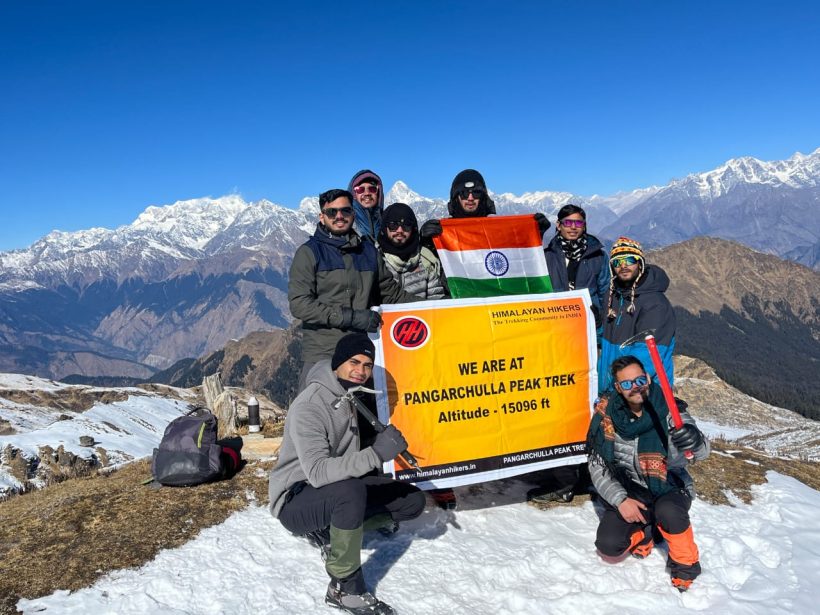
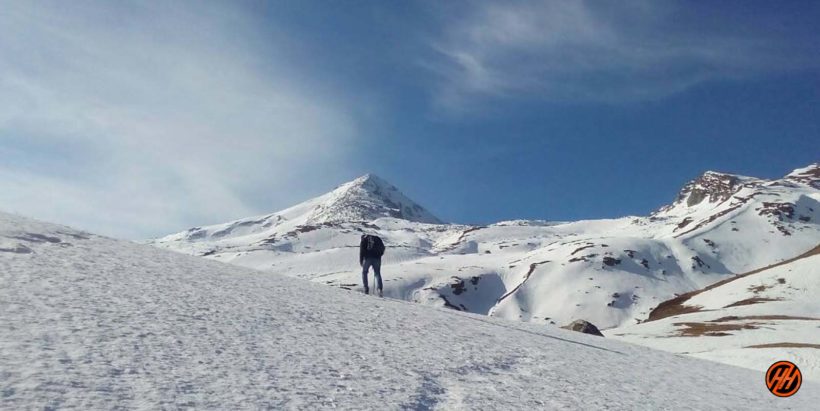
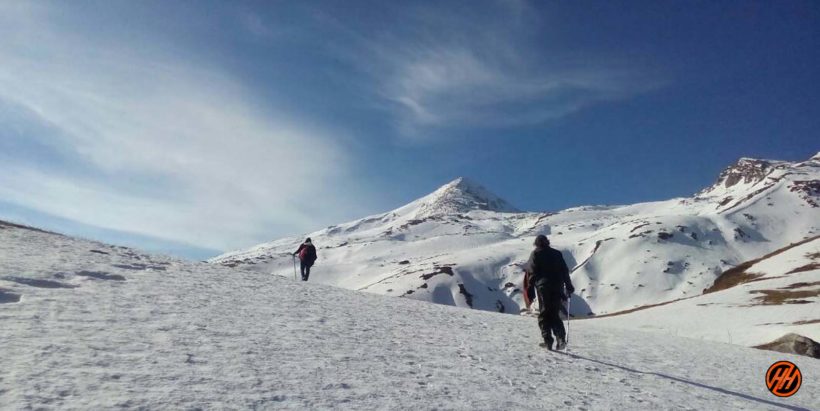
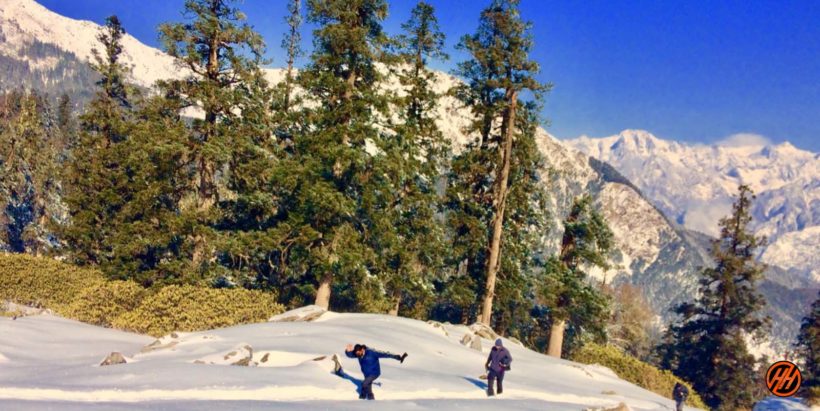
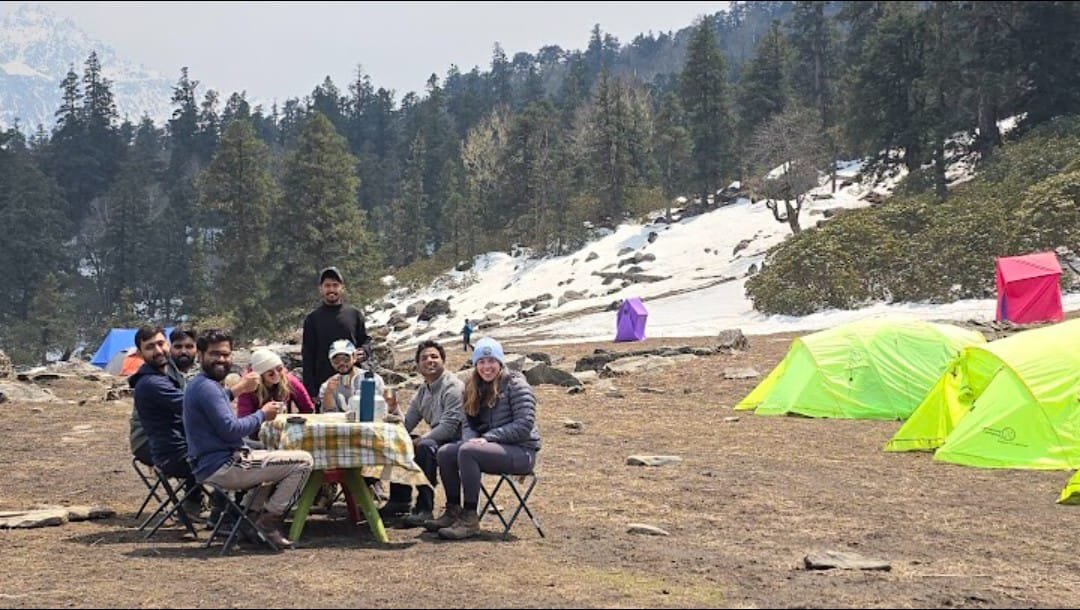
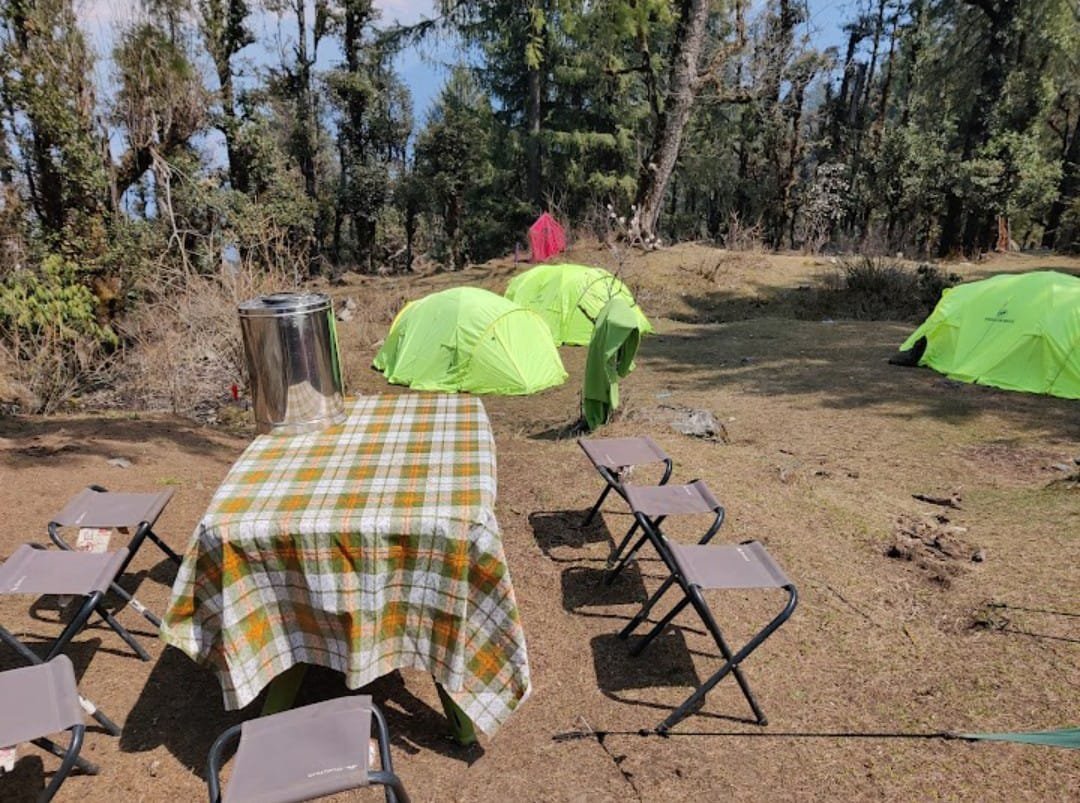
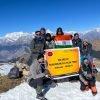
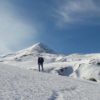
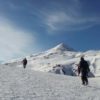
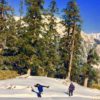
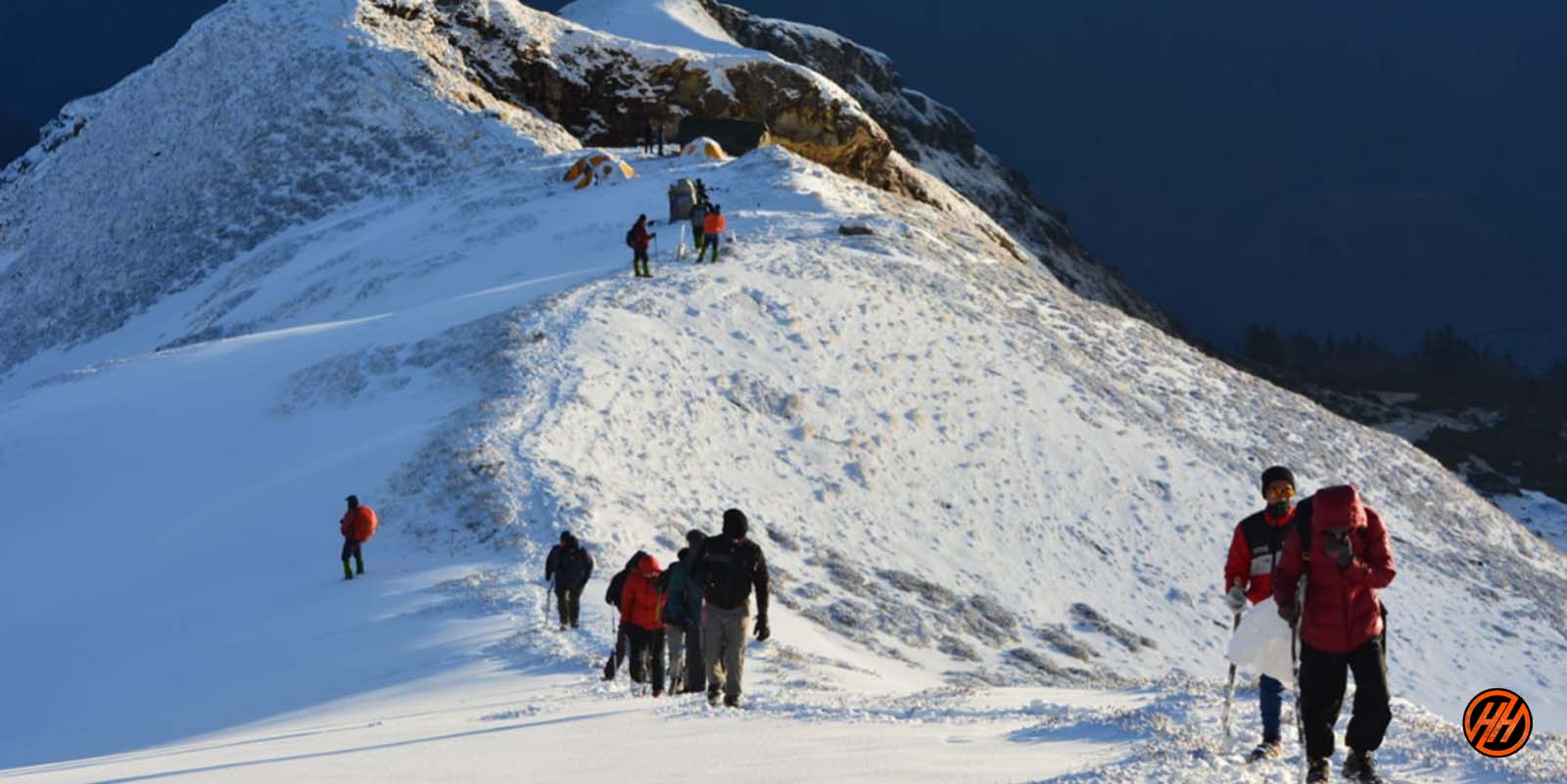
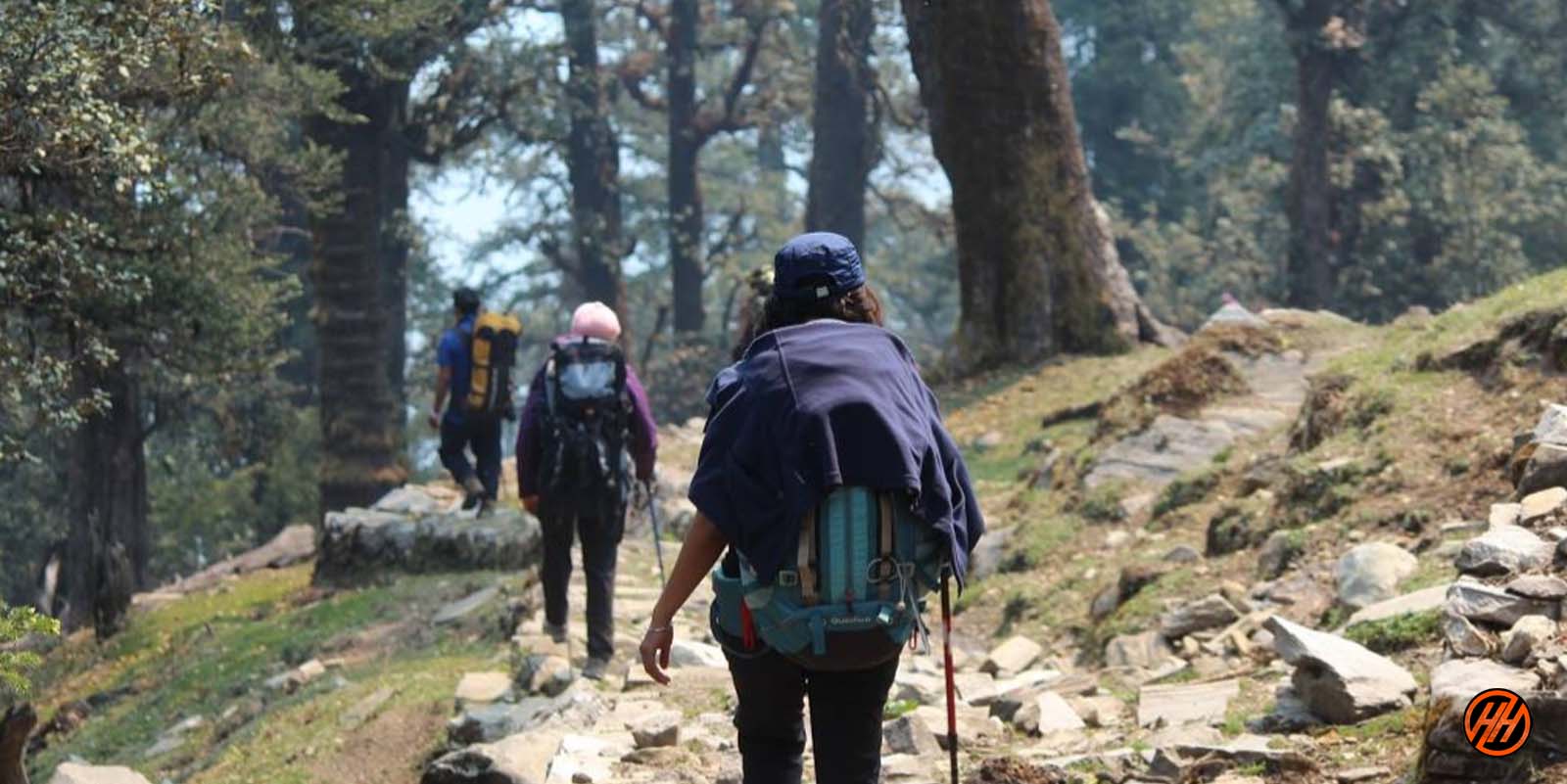
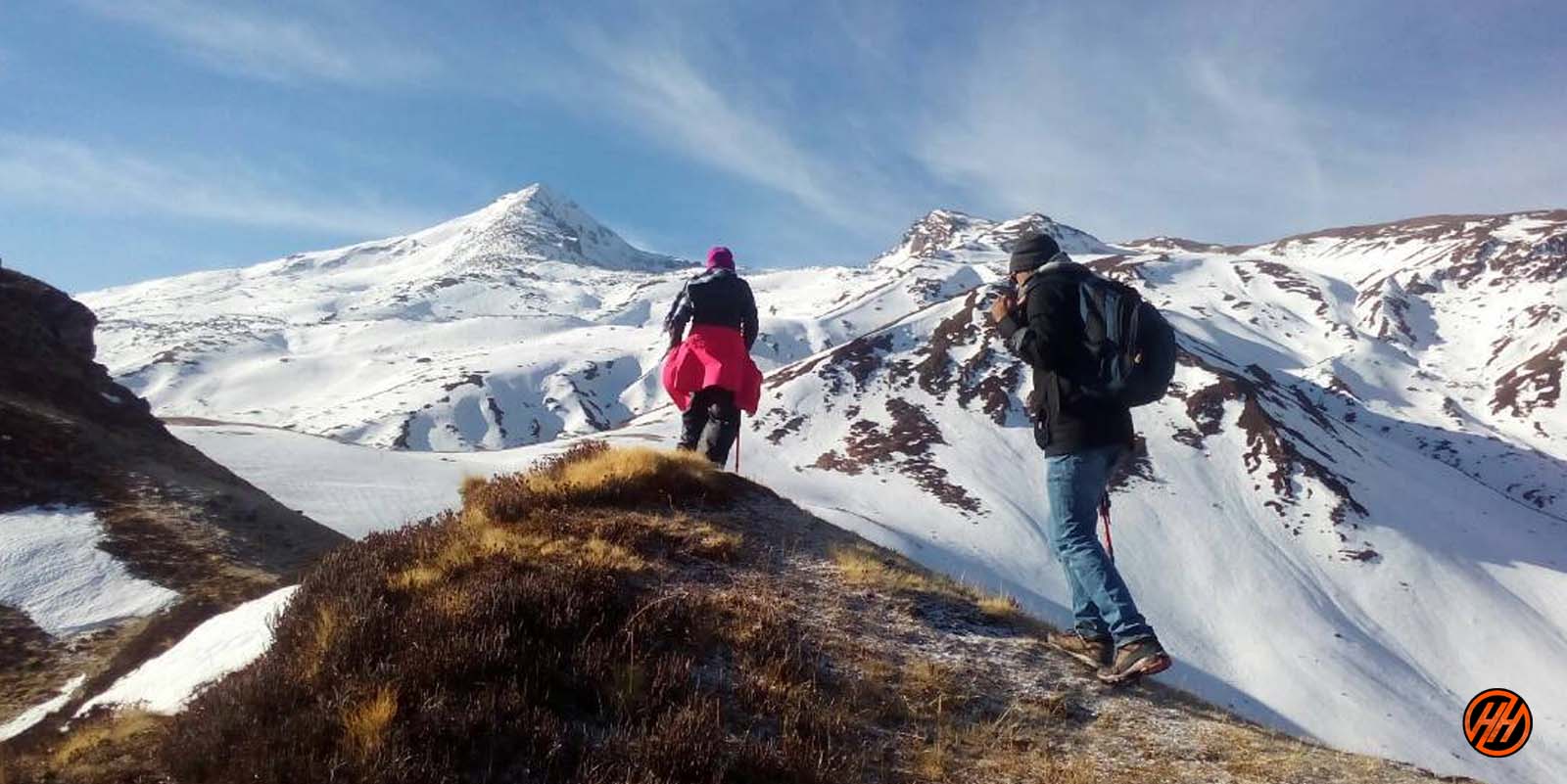
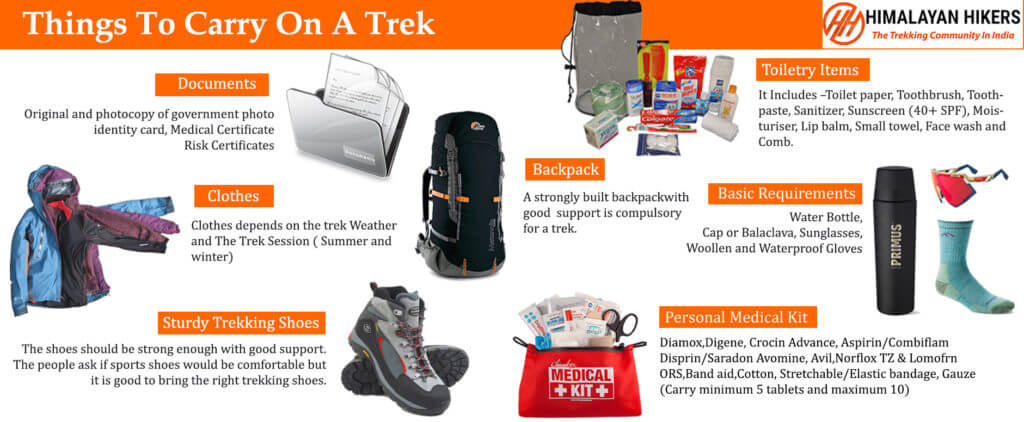


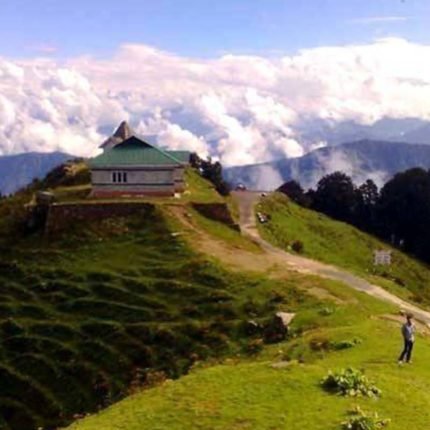
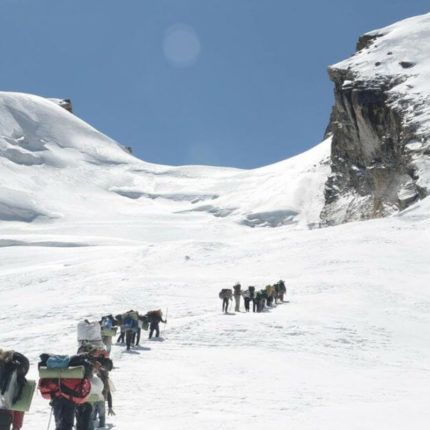
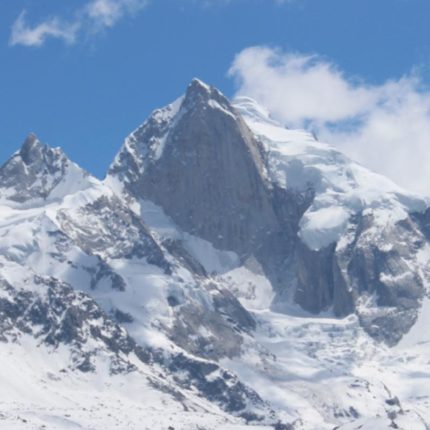
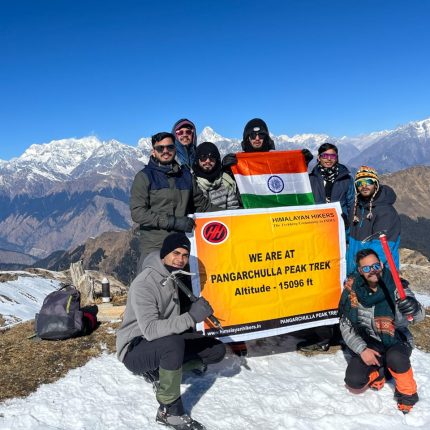
Deepak Vishwakarma –
I recently completed the **Pangarchulla Trek** with **Himalayan Hikers**, and it was an unforgettable experience! Our trek leaders, **Sukdev and Rajendra**, were extremely professional, knowledgeable, and ensured our safety throughout the journey. Their guidance and motivation made the trek even more enjoyable.
The **kitchen staff** did a fantastic job, providing delicious and nutritious meals that kept us energized. The food quality exceeded expectations, and their hospitality was commendable.
While the overall arrangements were great, the **tent quality** could be improved, and some **sleeping bags** were not in the best condition. A little upgrade in this area would make the experience even better.
Despite these minor issues, the trek was absolutely amazing, and I would highly recommend **Himalayan Hikers** to anyone looking for a well-organized and professional trekking experience in the Himalayas. Looking forward to my next adventure with them!
Rating: ⭐⭐⭐⭐☆ (4.5/5)
Garima Jadon –
Team Himalayan Hikers are highly organized, professional, supportive, well trained and caring at the same time. The quality of their tents, sleeping bags & meals are uncompromising. My guide Sukhdev ji is such an amazing person who helped me reach the summit of pangarchulla alone. Being a solo female traveler I felt very safe. Highly recommended team Himalayan Hikers.
Sanjana Khandelwal –
Overall the experience was really good. it was a memorable trek to be done with the team. Even at 15000ft the staff was punctual and kind to serve us hot meals. the guides were well experience to take care of us at every moment of the trek.
Piyush Bajpayee –
Pangarchulla trek is another successfully trek completed with Himalyan Hikers team. As always management was too supportive and Guide- Ambick was well experienced and helpful making the journey easy.
Highly recommended for trek.